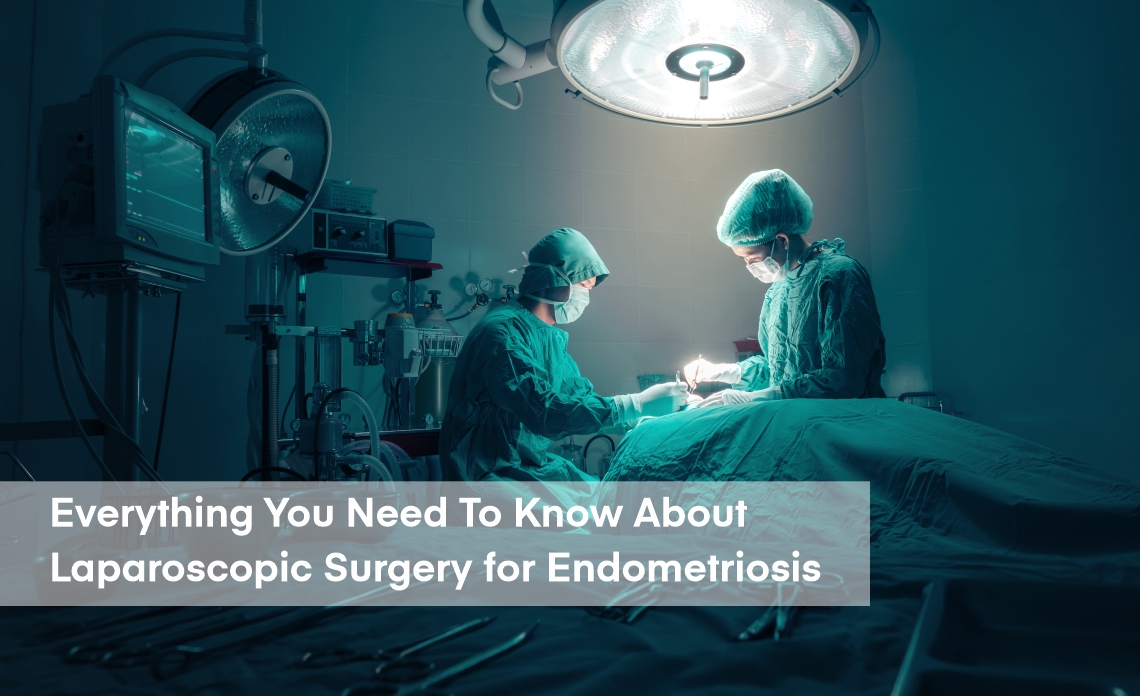
Endometriosis is a common disease that affects women of reproductive age. It is characterized by the growth of endometrial tissue outside the uterus, most commonly on the ovaries, bowel, and pelvic lining.
Laparoscopy is a surgical procedure where a thin tube with a light and camera at the end (laparoscope) is inserted through an incision in your abdomen to examine your pelvic organs. The purpose of this procedure is to diagnose endometriosis. If you are diagnosed with endometriosis laparoscopy may be used to remove or destroy any abnormal tissue found during surgery.
The most common reasons for laparoscopy are:
1) To confirm the diagnosis of endometriosis.
2) To evaluate treatment options.
3) To determine indications and extent of surgery.
4) To assess the possibility of pelvic or abdominal organ rupture.
Laparoscopy is a procedure that can be done in an outpatient setting. If you have endometriosis and do not need surgery, your doctor may recommend that you monitor your symptoms at home instead of going to the hospital.
Laparoscopy procedures are commonly done as outpatient surgery, meaning that only one or two small incisions are made, and the patient is able to go home the same day. The entire procedure typically lasts about 2 1/2 hours. An endometrial stapler is a surgical tool used in laparoscopy for treating endometriosis. It is a device that staples the endometrium up against the abdominal wall to prevent any further growth. There are some risk factors for getting endometriosis, such as your age, race, and family history. Women who have had children or become pregnant are at risk of getting endometriosis because it can occur when there is excess estrogen in the body. A risk factor for getting endometriosis is if you have a parent or sibling with the condition.
What to expect from a laparoscopy for endometriosis
The hormonal changes that occur during puberty can cause the endometrial tissue to respond to these hormones and grow bigger and bleed. This condition can lead to painful and prolonged pelvic pain, as well as other conditions such as infertility and bowel symptoms.
However, it is not always possible to detect these growths using traditional imaging techniques. Laparoscopy is a procedure that can be performed to diagnose this condition.
This procedure involves making small incisions in one’s abdomen and inserting a camera. This allows the surgeon to inspect the lesions and remove them with minimal surgical instruments.
A doctor may recommend a laparoscopy for endometriosis if a person suffers from:
- Bleeding
- Infertility
- Pain during intercourse
- Chronic pelvic pain
- Problems urinating
- Pain during bowel movements
There are various procedures that can be performed after laparoscopic surgery to treat endometriosis. It is important to consult a doctor for more information about what type of treatment will work best for each individual. For more assistance reach us at Saraswati Specialty Hospital

